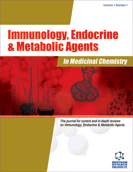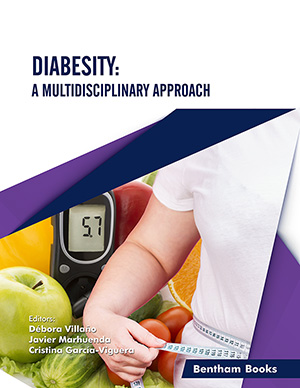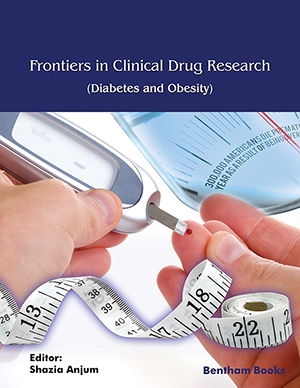Abstract
Lipoprotein(a) [Lp(a)] is known as an independent risk factor for cardiovascular diseases (CVD). Lp(a) is a unique lipoprotein consisting of the glycoprotein apolipoprotein(a) [apo(a)] covalently linked to apolipoproteinB-100 (apoB) in low-density lipoprotein (LDL) by a single disulfide bond. Although Lp(a) level is hugely variable and under strict genetic control, largely by apo(a) gene with kringle-4 type2 repeats, elevated level of plasma Lp(a) is correlated with CVD. Smaller isoforms with fewer kringle-4 repeats are associated with higher plasma Lp(a) level, leading to an increased risk for CVD. Lipid lowering agents (i.e. statins) have little or no effect on plasma Lp(a) level. Although it was reported that administration of niacin or estrogen may reduce the Lp(a) levels, there are no specific agents for the reduction of plasma Lp(a). In this review, we put together recent evidence and describe the overview of Lp(a) with the future direction.
Keywords: Apolipoprotein(a), apolipoproteinB-100, atherosclerosis, cardiovascular diseases, coronary heart disease, kringle repeat, lipoprotein(a), plasminogen, risk factor
 9
9








